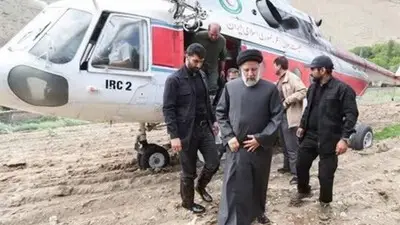Bhubaneswar: The Odisha government will spend Rs 869 crore for the socio-economic development of the people in the mining affected villages in the state.
A decision to this effect was taken at a review meeting of the Odisha Mineral Bearing Areas Development Corporation (OMBADC) presided over by chief secretary Aditya Prasad Padhi at the State Secretariat here on Saturday.
Briefing newsmen after the meeting, principal secretary, Forest and Environment, Suresh Chandra Mahapatra said the meeting discussed the mode of utilisation of the mineral bearing areas development fund (MBADF).
“As per the decision taken at the previous meeting, it was decided to construct pucca houses in all villages adjacent to mining areas. Piped water will be supplied to all these villages. Besides, massive plantation activities would also be taken up in and around these villages,” he added.
He said the concerned departments submitted their project reports at the meeting.
It was decided that the Panchayati Raj department would take up construction of around 46,000 pucca houses in 523 villages at a cost of Rs 350 crore. Of the 46,000 pucca houses to be constructed, around 20,000 are in Keonjhar district and 8,000 in Sundergarh.
“The chief minister has directed the concerned department to complete the construction of all pucca houses in the next six months, i.e by August this year,” Mohapatra said.
Construction of pucca houses would begin simultaneously in all mining affected villages. The work would be undertaken at the block level by the Block Development Officer (BDO) and the junior engineer.
The construction of these pucca houses would be made in line with the schemes and components under the Biju Pucca Ghara Yojana (BPGY).
While these pucca houses would be constructed under the MBADF, National Rural Employment Guarantee Scheme (NREGS) funds would be utilised for construction of toilets, Mohapatra informed.
Big schemes have been formulated by the Rural Water Supply & Sanitation (RWSS) for supply of piped water to these villages at an investment of Rs 350 crore.
It would take around one and- half years to complete piped water schemes as there are no nearby water sources in most of the villages. Considering this, it would take some time to bring water from the nearby rivers by laying pipelines from there to the villages, he pointed out.
For plantation activities, the government would spend around Rs 20 crore, he added.
Mohapatra said of the total outlay of Rs 869 crore, the meeting today approved project works worth Rs 720 crore.
Asked whether the MBADF has any links with the District Mineral Fund (DMF), he said there is no link between the two. “In fact, the state government has received MBADF, which is 50 percent of the one-time funds available under the Compensatory Afforestation Management and Planning Authority (CAMPA) as per the directive of the Supreme Court."
Talking about DMF, he said it would be kept under the district collector.
“Of the total royalty the state government receives from mining activities every year, 30 percent of additional royalty would go to DMF. This is a continuous fund and would be utilised for infrastructure development in the district like roads, hospitals, electricity etc.,” he added.













